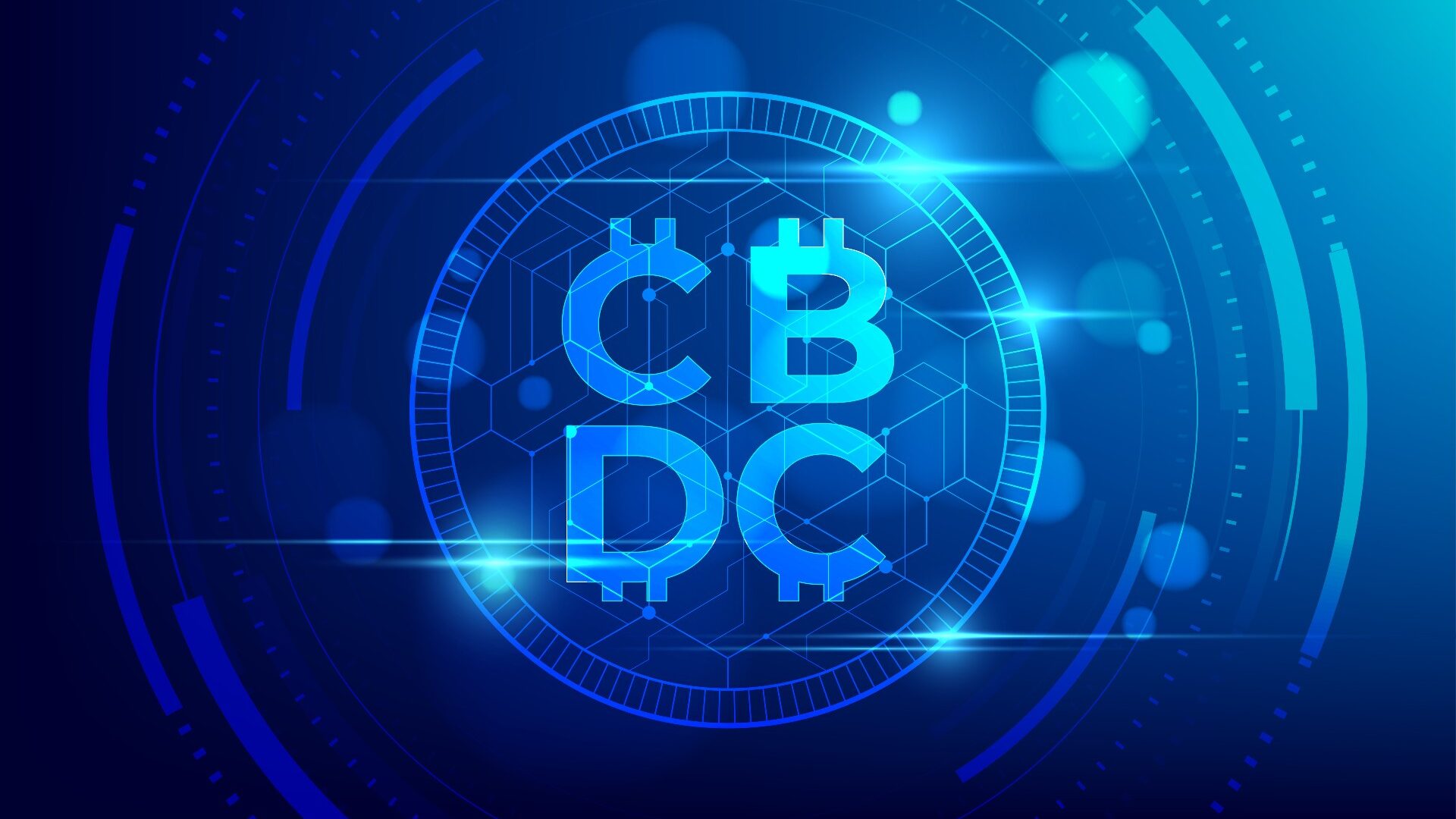As South Korea navigates the intricate waters of digital finance, the rivalry between stablecoins and central bank digital currencies (CBDCs) has emerged as a defining theme. With delays gripping the Bank of Korea’s CBDC initiatives and banks racing to embrace won-backed stablecoins, the nation is poised at a crucial juncture that could reshape its financial future.
Push for Stablecoins Tied to the Korean Won
In a bid to modernize its financial infrastructure, South Korea is leaning heavily toward the development of stablecoins that are pegged to the Korean won. This contrast sharply with the stagnation of the Bank of Korea’s (BOK) CBDC project, which has faced significant hurdles due to high implementation costs and vague feasibility outcomes. The BOK’s ambitious “Project Han River” is currently on hold, much to the chagrin of stakeholders who envision a digital currency banking revolution.
As major banks like KB Kookmin, Shinhan, and Woori join forces to launch a won-backed stablecoin by 2026, their reluctance regarding the CBDC is palpable. The overwhelming infrastructure expenses associated with the BOK’s project have deterred many organizations from fully committing. The situation underscores a crucial shift in preference as financial institutions explore more flexible and potentially lucrative avenues.
Competing Operational Structures of Stablecoins and CBDCs
The divergence in operational frameworks between stablecoins and CBDCs further complicates South Korea’s strategy. While CBDCs are officially state-issued, providing a seamless integration with national policy and regulation, stablecoins are developed and controlled by private entities. This fundamental difference raises questions about regulatory oversight, consumer trust, and the implications of monetary sovereignty.
“When it comes to changes in the financial sector, it is always a question of finding a balance between stability and innovation,” noted Lee Hyo-seob, a senior research fellow at the Korea Capital Market Institute. “For the time being, Korea is on the brink of transformation.”
Lee Hyo-seob, Korea Capital Market Institute
Regulatory and Strategic Considerations
The South Korean government is contemplating regulatory frameworks to address the evolving digital landscape. A proposal from the ruling Democratic Party of Korea seeks to authorize nonbanking entities to issue won-backed stablecoins, challenging the BOK’s cautious approach. This could stimulate a competitive environment that not only fosters innovation but also alleviates concerns regarding foreign exchange management.
However, as various stakeholders emphasize, the successful integration of stablecoins into existing monetary frameworks is paramount. The BOK, while open to stablecoin development, remains cautious, stressing the importance of maintaining monetary policy effectiveness. This delicate dance between welcoming innovation and ensuring financial stability captures the crux of South Korea’s digital finance dilemma.
South Korea’s Financial Market Performance and Regulatory Shifts
Further endorsing the shift towards stablecoins, South Korea’s stock market has seen an unprecedented rise, being lauded as the best-performing market in Asia during the first half of 2025. This growth correlates strongly with investor enthusiasm in cryptocurrencies, especially as governmental support for stablecoins becomes apparent. Retail investors are flocking to sectors within the digital economy, contributing to this remarkable performance.
Alongside stablecoin initiatives, South Korea has also lifted a 14-year ban on ‘kimchi bonds,’ a foreign currency-denominated debt instrument aimed at enhancing the financial ecosystem. These regulatory reforms showcase a broader strategy to attract foreign capital while stabilizing the foreign exchange market. However, as this rapid evolution occurs, the ramifications on existing financial frameworks and investment landscapes remain to be fully understood.
Concerns and Industry Feedback on CBDC Initiatives
The push for CBDCs, however, comes coupled with skepticism from banks concerning the financial burden and ambiguity surrounding the BOK’s project. Industry leaders express serious concern regarding the lack of a detailed roadmap and the costs involved in infrastructure building.
“The costs of infrastructure and identifying merchants to take part were passed onto lenders. We find it hard to continue the push given the status quo,” remarked an industry official, highlighting the challenges insurers face under the current financial landscape.
The BOK’s senior deputy governor, Ryoo Sang-dai, has commented on the significant investments required for the second phase of the CBDC pilot program. Many in the sector contend that without proper clarity and collaboration between banks and regulators, the achievements in digital finance may not reach their full potential. Advocacy for establishing a centralized body to facilitate a deeper understanding of these initiatives has emerged as a critical priority.
A Pivotal Moment for South Korea’s Digital Future
As South Korea stands at this turning point, the interactions between stablecoins and CBDCs could redefine its entire digital finance ecosystem. The pressing question remains: can South Korea harness the power of innovation while maintaining the sanctity of its financial stability? The answer lies in the delicate balance of regulation, collaboration, and industry trust, with all eyes eagerly watching for what unfolds in the coming years.





